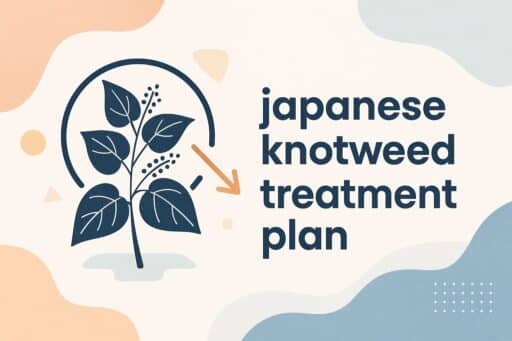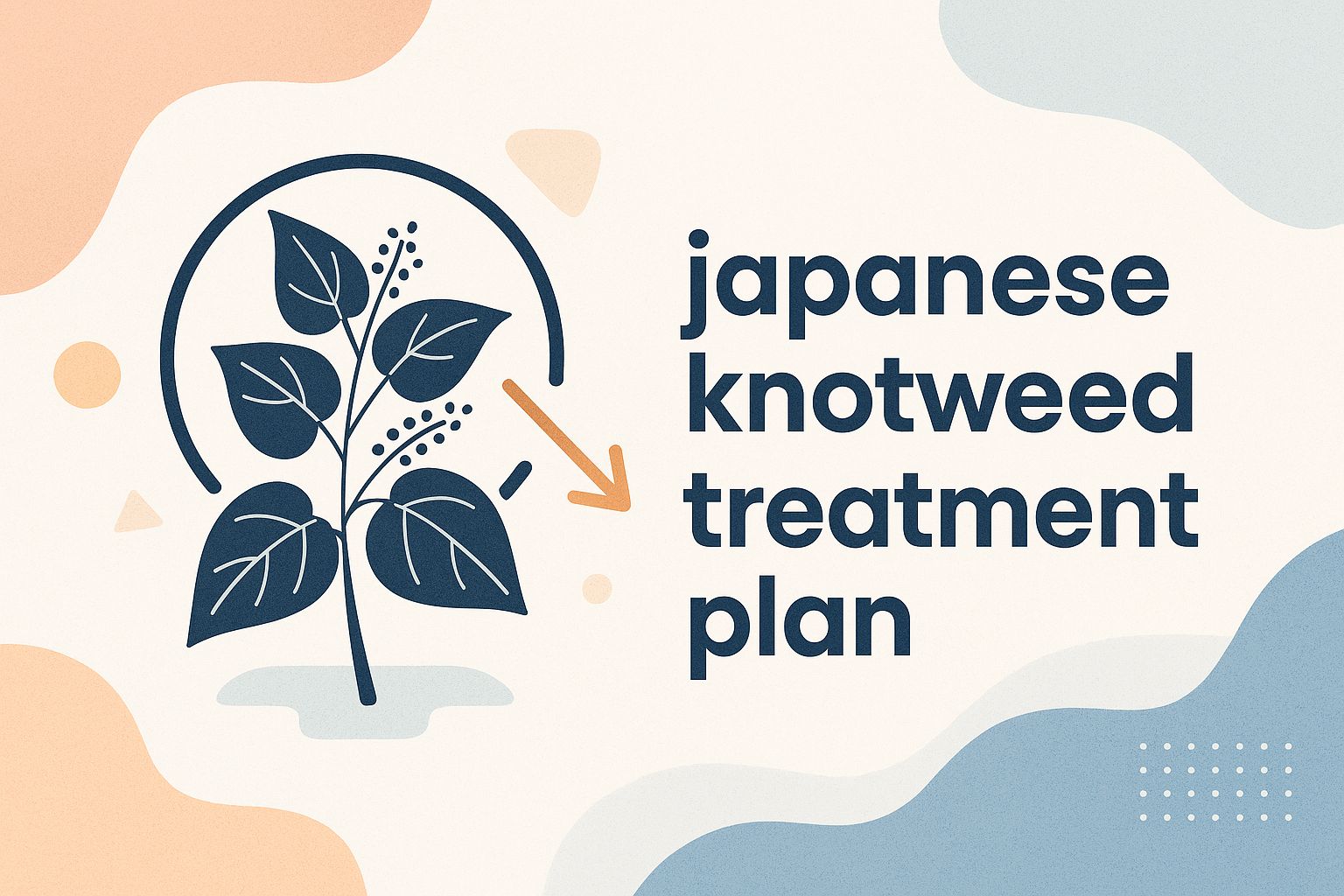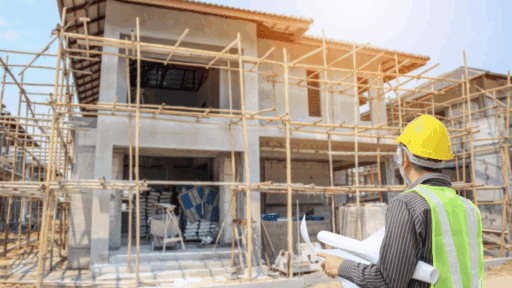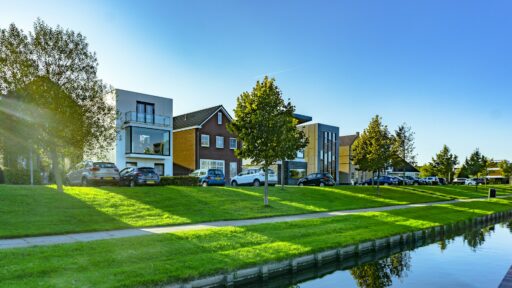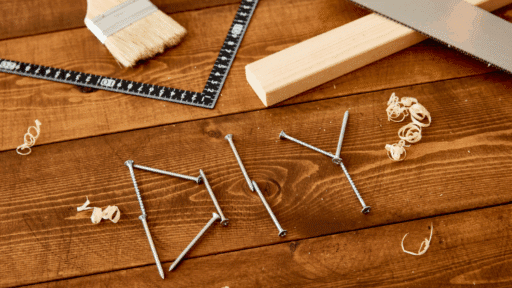Japanese knotweed poses a significant challenge for property owners in England, known for its rapid spread and potential to damage infrastructure, leading to issues related to soil contamination and controlled waste.
Understanding how to identify knotweed and effectively implement a treatment plan is crucial to stop its invasive growth and manage ecological systems affected by this invasive species.
This article explores various herbicide treatments and outlines strategies for successful knotweed management, ensuring you’re equipped with the knowledge necessary to protect your property.
Proper disposal of knotweed is crucial due to its classification as regulated waste by the Environment Agency.
What is Japanese Knotweed?
Japanese Knotweed (Fallopia japonica) is an invasive plant species in the UK, recognised for its rapid growth and potential to cause considerable ecological and structural damage.
Its aggressive nature poses significant challenges for property owners and environmental management.
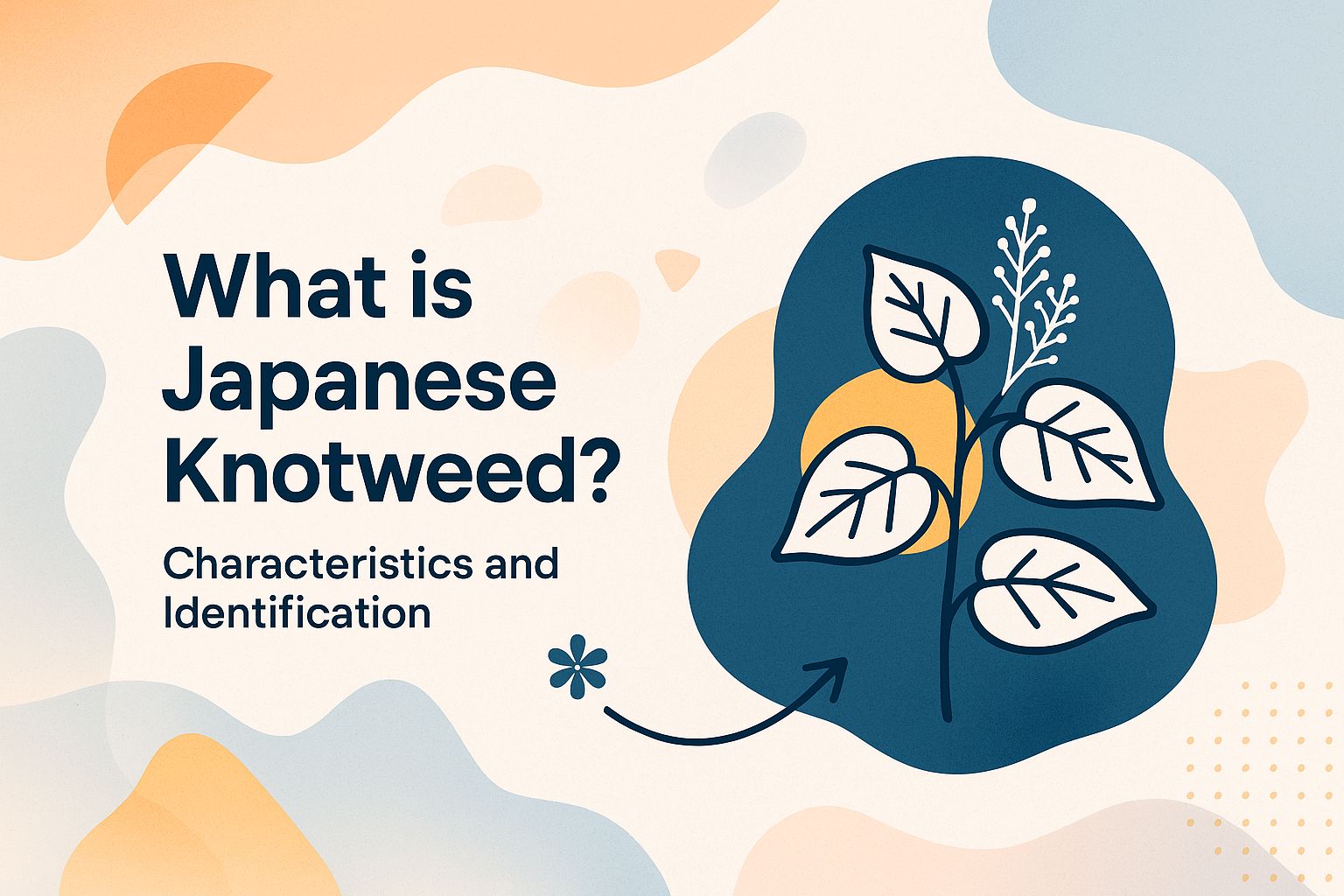
Characteristics and Identification
Japanese knotweed is classified under the Wildlife and Countryside Act 1981, highlighting the importance of accurate identification.
Identifying Japanese Knotweed requires recognising its distinctive features, which include hollow stems, broad leaves, and small white flowers that typically bloom from August to September.
To effectively manage Japanese Knotweed, it is imperative to act swiftly. This process begins with the physical removal of the plant’s roots, ensuring that no fragments remain to regrow. Tools such as a sharp spade or weed puller should be utilised for efficiency.
Additionally, the application of a glyphosate-based herbicide may be considered, provided that the manufacturer’s guidelines are strictly followed for optimal results.
In cases of persistent infestations, hiring a professional can prove invaluable. Professionals often employ advanced techniques such as hot water treatment or specialised machinery, which can effectively eradicate the plant.
Regular monitoring is crucial for preventing the reemergence of this invasive species and ensuring its long-term management.
Why is Japanese Knotweed a Problem?
Japanese Knotweed presents a considerable threat to both residential properties, commercial properties, and ecosystems, including railway embankments and waterways. Its aggressive growth pattern can result in structural damage, as well as contribute to ecological imbalance.
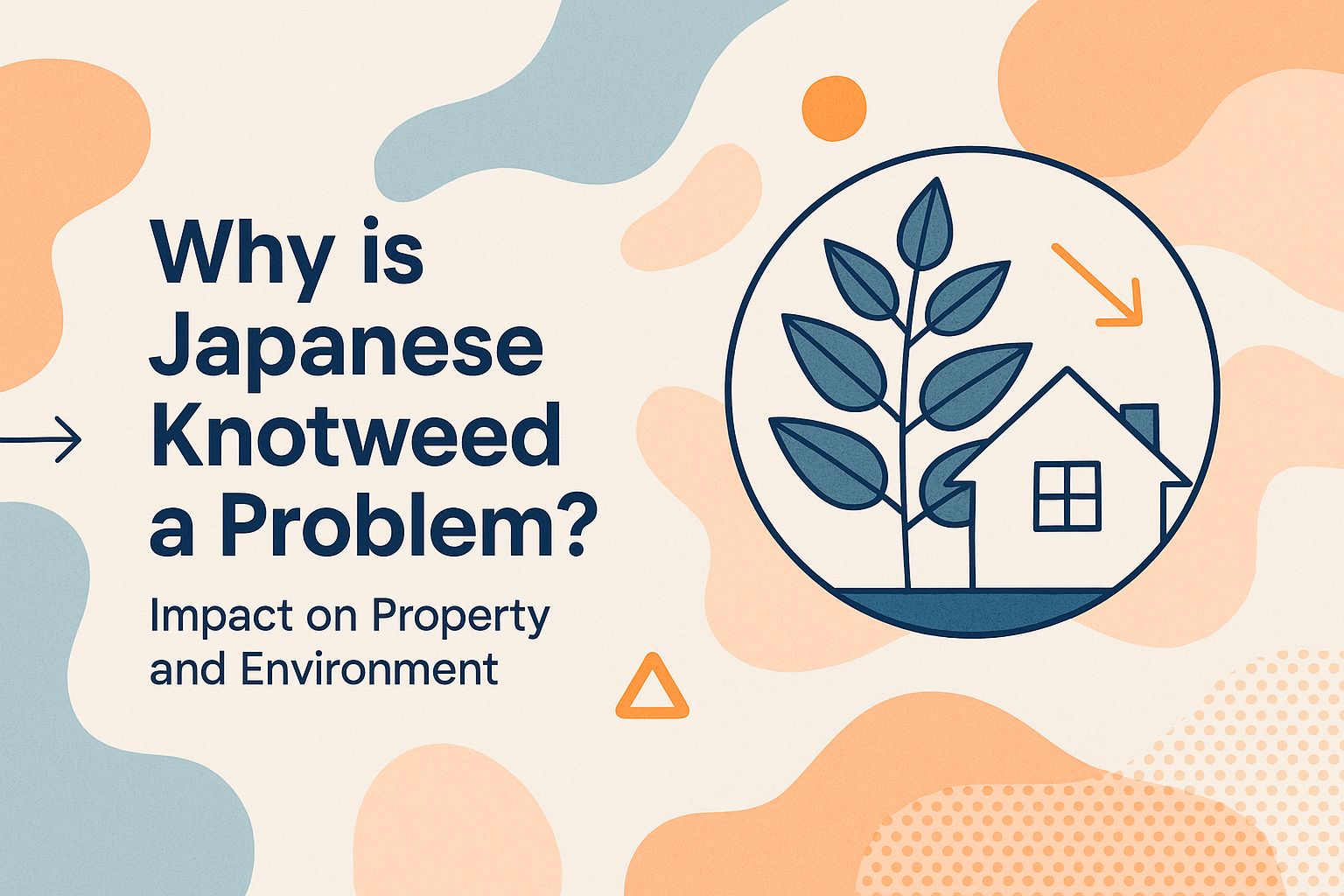
Impact on Property and Environment
Japanese knotweed is a concern under the Non-native Species Secretariat guidelines due to its ecological damage potential.
The invasive nature of Japanese Knotweed poses a significant risk to property and can disrupt local ecosystems, as its roots have the capability of penetrating walls and pavements. Homeowners may encounter issues such as cracks in foundations or compromised drainage systems—both of which are critical concerns that can lead to a decrease in property value and necessitate the involvement of specialised contractors.
Remediation is often essential, with removal costs for professional services typically ranging from £5,000 to £20,000, highlighting the necessity of early detection and effective control.
Utilising tools such as Thermal Imaging Cameras and Soil Testing Kits can aid in identifying the presence of knotweed before it escalates into a major issue. This proactive approach enables property owners to consult with licensed removal experts to assess and effectively address the infestation.
What are the Treatment Options for Japanese Knotweed?
There are several treatment options available for managing Japanese Knotweed, including both chemical herbicides and non-chemical methods designed to control its spread.
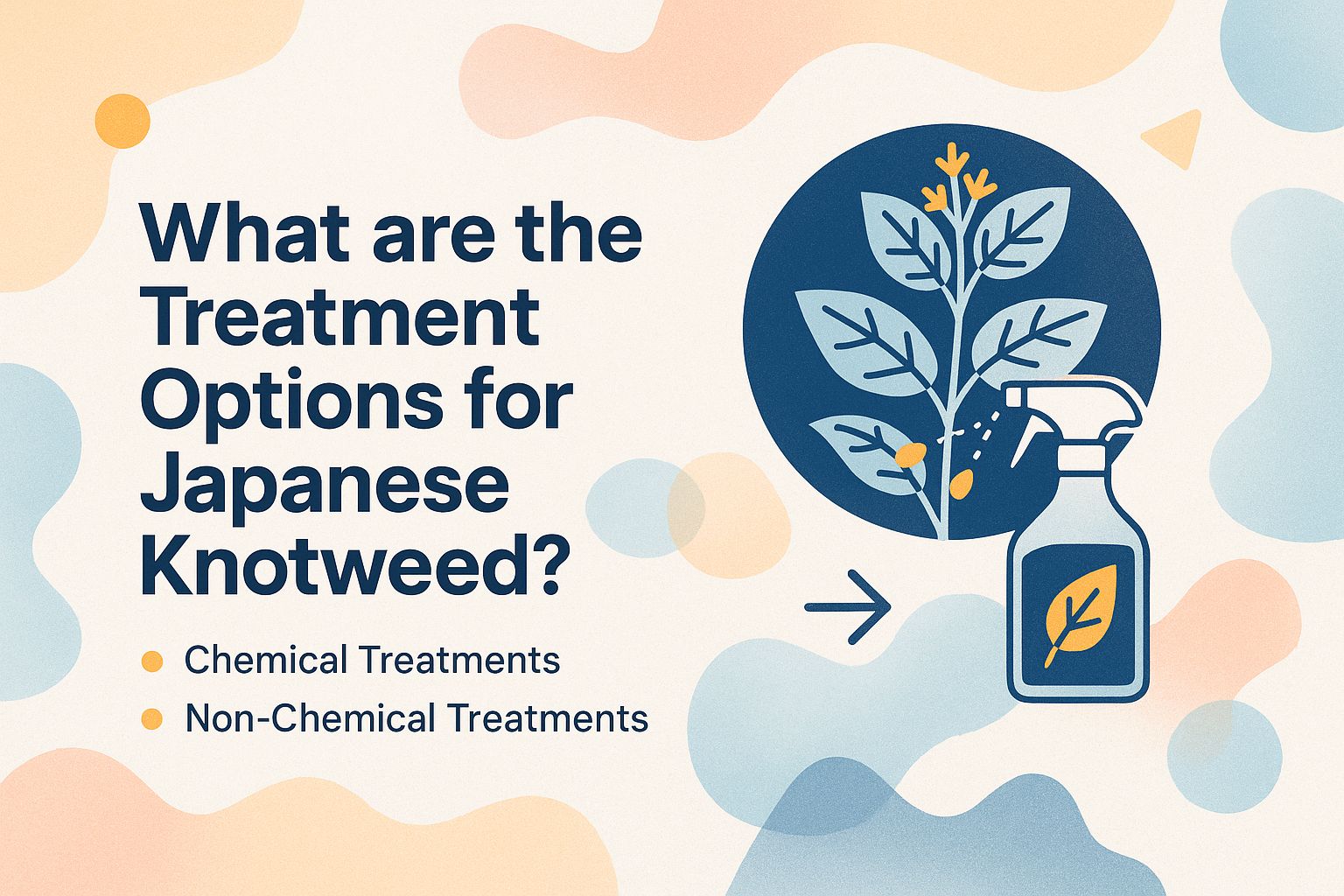
Chemical Treatments
Chemical treatments for Japanese Knotweed primarily involve the application of herbicides, such as glyphosate, which effectively eliminates the plant by targeting its root system. To ensure optimal results, a concentration of 360 g/l should be utilised, mixed to achieve at least a 2% solution with water, adhering to Control of Substances Hazardous to Health guidelines. The recommended timing for application is late summer or early autumn when the plant is actively transporting nutrients to its roots.
Following the application, it is crucial to monitor the treated area for any signs of regrowth in the subsequent spring. Should new shoots emerge, a second treatment may be warranted.
To maintain proper records, a waterproof marker should be used to label the treated areas. Additionally, it is important to avoid reapplying glyphosate too soon, as this may lead to the development of resistance or adversely affect surrounding vegetation.
Non-Chemical Treatments
Non-chemical treatments, such as excavation and systemic removal techniques, provide alternative strategies for managing Japanese Knotweed without relying on herbicides.
Excavation involves removing the plant along with its extensive root system, proving effective within a few weeks, although it is labour-intensive. Mulching serves to suppress growth by blocking sunlight; however, this method typically requires several months to yield results.
Another viable option is the introduction of competitive species that can outcompete Knotweed for essential resources. This approach may take one to two growing seasons to demonstrate its effectiveness.
Regular assessments are crucial for evaluating progress, making adjustments to the management strategy as needed, and ensuring that efforts yield meaningful results over time.
How to Create an Effective Treatment Plan?
An effective treatment plan for Japanese Knotweed necessitates a thorough assessment and tailored strategies that take into account the severity of the infestation, following a comprehensive knotweed management plan, and the specific characteristics of the property.

Assessment and Surveying
Collaboration with the local council and a licensed waste carrier can enhance the accuracy and efficiency of knotweed surveying.
Conducting a thorough assessment and survey is essential for understanding the extent of Japanese Knotweed infestation on a property. To accurately gauge the infestation, it is advisable to employ both thermal imaging and ground-penetrating radar.
Thermal imaging can swiftly identify heat signatures that indicate active growth, while ground-penetrating radar offers a detailed analysis of underground root systems.
After collecting data, it is important to interpret the survey results by identifying patterns of growth and their proximity to structures. For example, if the results reveal significant root presence within a metre of a foundation, immediate remediation may be necessary to prevent potential structural damage.
This informed approach enables property management to make timely and effective decisions regarding the management and remediation of Japanese Knotweed infestations.
Implementation of Treatment Methods
Applying the principles of RPS 178 can ensure that treatment methods align with statutory requirements.
The implementation of treatment methods must align with the established management plan to ensure comprehensive coverage and effectiveness against Japanese Knotweed.
The process should commence with the application of systemic herbicides, such as glyphosate, in late summer or early autumn when the plant’s energy is focused on root development.
It is advisable to consider non-chemical methods, such as mechanical cutting or excavation, before herbicide application. These methods can help reduce biomass and enhance the penetration of herbicides.
Regular monitoring is essential; treated areas should be inspected monthly to assess regrowth and ensure compliance with local regulations.
If necessary, herbicide can be reapplied, or mechanical controls can be implemented. It is important to document progress meticulously to track effectiveness and make adjustments to strategies as needed.
What is the Best Japanese Knotweed Company?
When confronted with the challenge of managing Japanese Knotweed, collaborating with a reputable company can significantly enhance the effectiveness of treatment and ensure compliance. A qualified contractor should possess specific certifications, such as PCA (Property Care Association) accreditation, which demonstrates a commitment to best practices in invasive species management, including techniques like herbicide application and growth prevention.
It is advisable to select a contractor with a minimum of five years of experience in Knotweed eradication, as they are more likely to possess a deep understanding of effective treatment strategies.
Most companies employ advanced techniques, such as herbicide injection or excavation, often supported by a guarantee period. This approach not only ensures compliance with local regulations but also increases the likelihood of achieving a successful long-term solution.
Japanese Knotweed Survey
Japanese Knotweed Survey is recognised as one of the leading companies in the UK for managing Japanese Knotweed, noted for its expert assessments and customised treatment plans.
The company’s survey methodology begins with a comprehensive site inspection to assess the extent of the infestation. Following this assessment, they provide a clear treatment plan that complies with Environment Agency regulations, which may include herbicide applications and root removal.
Japanese Knotweed Survey offers a range of treatment options, including immediate eradication and monitored management, ensuring flexibility to meet customer needs, particularly on commercial sites.
For additional information about their services, interested parties can visit the Japanese Knotweed Survey website.
How Long Does Treatment Take?
The duration of treatment for Japanese Knotweed can vary significantly based on the extent of the infestation and the selected control methods.
Typically, a comprehensive treatment plan begins with an initial assessment to evaluate the severity of the infestation, which may take approximately one day. Following this assessment, herbicide applications are carried out over a period of 1 to 3 years, with treatments often scheduled in spring and autumn for optimal effectiveness.
For example, glyphosate is frequently used due to its proven efficacy against this resilient plant. It is essential to monitor the area for any signs of regrowth during and after treatment to ensure complete eradication. Continued vigilance plays a critical role in preventing recurrence and forms an integral part of a successful management strategy.
What to Expect After Treatment?
After treatment for Japanese Knotweed, property owners should expect a monitoring period to ensure that the plant does not re-emerge. During this monitoring phase, they should be vigilant for specific signs of regrowth, including new shoots appearing from the ground or variations in vegetation density in the treated area.
It is recommended that these assessments be conducted every couple of weeks for at least the first growing season following treatment. Should any regrowth be noted, a follow-up treatment may be necessary.
Adhering to the treatment plan and maintaining vigilance not only aids in the control of Knotweed but also supports successful long-term management of the property.
Are There Legal Obligations Regarding Japanese Knotweed in England?
Property owners in the UK have specific legal obligations regarding the management of Japanese Knotweed under the Wildlife and Countryside Act. Complying with these regulations, including those set by the Environment Agency, is essential for adherence and for avoiding potential penalties.
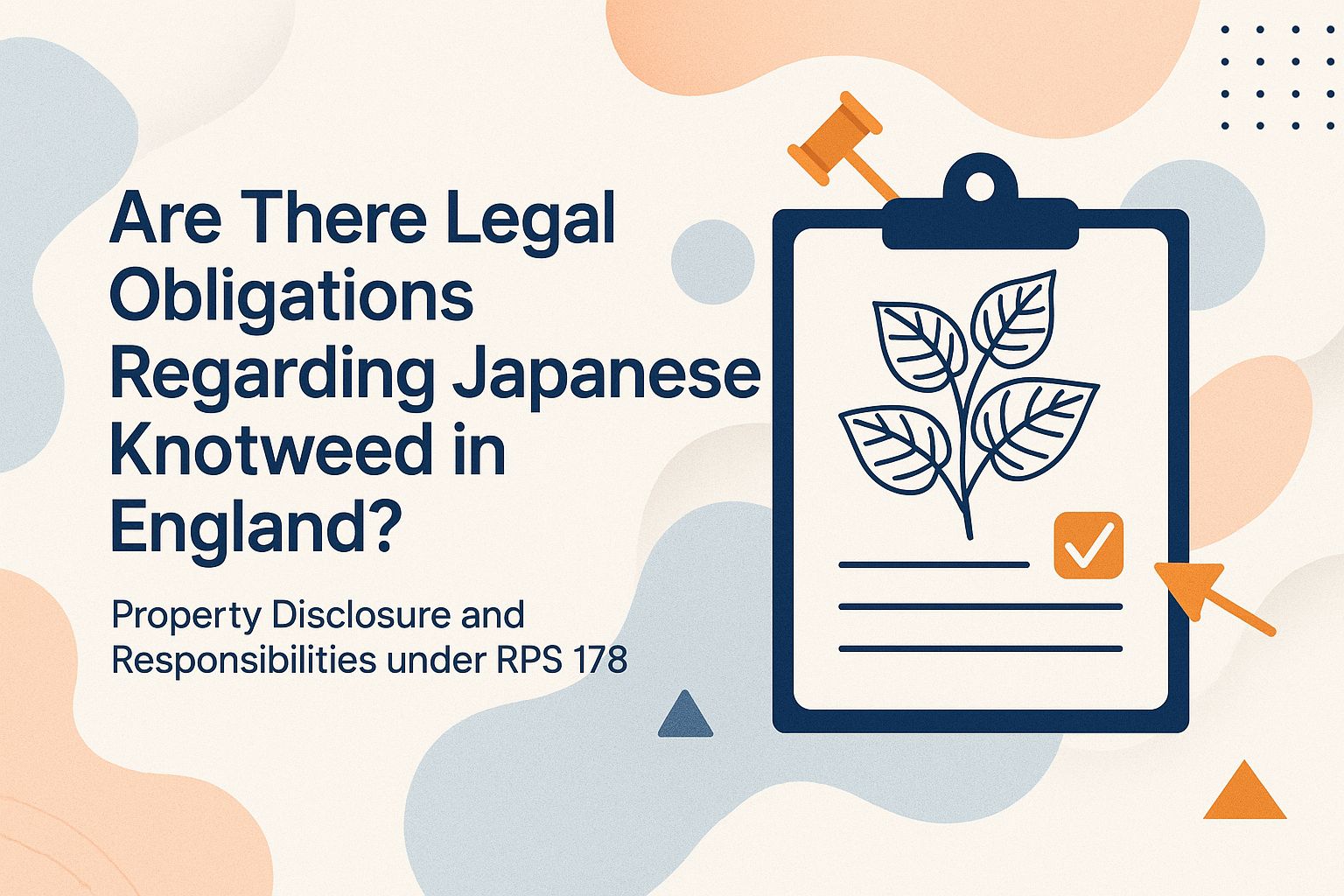
Property Disclosure and Responsibilities under RPS 178
When selling or renting properties affected by Japanese Knotweed, owners must disclose its presence and any management actions taken to potential buyers or tenants.
To ensure compliance, property owners should complete the TA6 form, which specifically addresses issues related to Japanese Knotweed, as recommended by the Property Care Association.
Thorough documentation of any remediation work undertaken, including treatments or removals, is essential, along with the retention of all related invoices and reports. Failure to disclose this information can result in legal repercussions, including potential claims for misrepresentation or financial damages.
Property owners are advised to regularly consult with legal professionals to remain informed about changes in regulations regarding property disclosures.
What Are the Costs Involved in Treatment?
Understanding the costs associated with Japanese Knotweed treatment is crucial for property owners, as these costs can vary significantly based on the severity of the infestation and the chosen management options, including waste disposal requirements under the Control of Substances Hazardous to Health regulations.
Chemical treatments typically range from £1,000 to £5,000, with costs depending on the frequency of application and the size of the affected area. In cases of minor infestations, this expense tends to lean towards the lower end of the spectrum.
In contrast, excavation—an invasive method that involves the removal of the plant and contaminated soil—can range from £5,000 to £20,000. Several factors influence these costs, including the size of the property, accessibility, and the complexity of the remediation process.
Consulting with a specialist, such as those accredited by the Non-native Species Secretariat, can provide property owners with tailored estimates and assist in selecting the most effective treatment strategy for their specific circumstances.
Frequently Asked Questions
What is a Japanese Knotweed treatment plan?
A Japanese Knotweed treatment plan is a detailed and tailored approach to eradicating the invasive plant species, Japanese Knotweed. It outlines the methods and steps that will be taken to remove and prevent the regrowth of the plant effectively.
Why is a Japanese Knotweed treatment plan necessary?
A Japanese Knotweed treatment plan is necessary to ensure the complete removal of the plant. Japanese Knotweed has an extensive root system and can regrow from small fragments, making it difficult to eradicate without a specific plan in place.
Why is treatment important before construction work?
Treatment of Japanese Knotweed is essential before construction begins, as its roots can damage concrete, tarmac, and drainage systems. If left unmanaged, knotweed can delay planning permission and slow the construction process. Early treatment keeps the construction on schedule, ensures compliance with regulations, and protects new structures from future damage.
How do I know if I need a Japanese Knotweed treatment plan?
If you have confirmed or suspect that you have Japanese Knotweed on your property, it is highly recommended to seek professional assistance and develop a treatment plan. It is also necessary if you plan on selling your property, as Japanese Knotweed is a regulated and potentially harmful plant.
Who can create a Japanese Knotweed treatment plan?
A Japanese Knotweed treatment plan should be created by a qualified and experienced professional, such as a Japanese Knotweed specialist or a reputable and accredited company like Japanese Knotweed Survey. They will have the expertise and knowledge to devise an effective plan tailored to your specific situation.
What methods are typically included in a Japanese Knotweed treatment plan?
A Japanese Knotweed treatment plan may include a combination of methods such as herbicide application, excavation and removal of the plant, physical barriers, and ongoing monitoring and maintenance. The specific methods used will depend on the severity of the infestation and the location of the plant.
How long does a Japanese Knotweed treatment plan take to complete?
The duration of a Japanese Knotweed treatment plan can vary depending on the size and severity of the infestation, as well as the methods used, which may include Aphalara Itadori as a biological control method. On average, it can take anywhere from 1 to 3 years to fully eradicate Japanese Knotweed. It is important to follow the plan and continue monitoring and maintenance to prevent regrowth.

